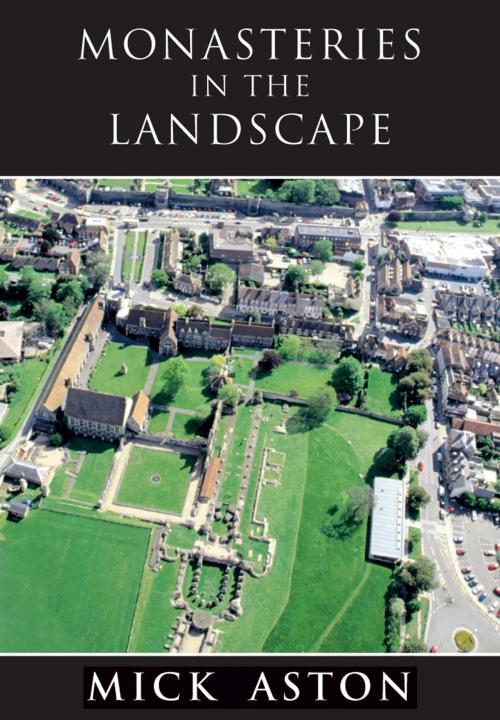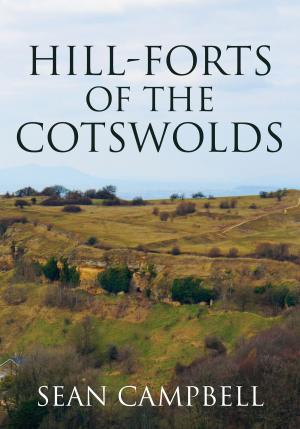Monasteries in the Landscape
Nonfiction, Social & Cultural Studies, Social Science, Archaeology, History| Author: | Mick Aston | ISBN: | 9781445612102 |
| Publisher: | Amberley Publishing | Publication: | September 15, 2009 |
| Imprint: | Amberley Publishing | Language: | English |
| Author: | Mick Aston |
| ISBN: | 9781445612102 |
| Publisher: | Amberley Publishing |
| Publication: | September 15, 2009 |
| Imprint: | Amberley Publishing |
| Language: | English |
In the Middle Ages monasteries were among the greatest owners of land in Britain; today their influence on the landscape can be seen not only in the magnificent monastic ruins, but also in earthworks, patterns of landholding and even industrial remains. Mick Aston examines the place of monasteries in the landscape - how they affected and were affected by the countryside in which they were built. He explains how monasticism arrived in Britain - growing from austere beginnings to rich and powerful estates. He looks at why abbeys and priories were sited where they were and at all aspects of their activities - estate management, farming policy, industrial and commercial operations in the countryside and in towns. The story does not end with the Dissolution: the book also discusses how many of their estates and buildings were bought by private owners and adapted for secular use. Whether you are an amateur archaeologist/historian or student, this magnificently illustrated book will direct you to the signs in the landscape that reveal the past glory of Britain's monasteries.
In the Middle Ages monasteries were among the greatest owners of land in Britain; today their influence on the landscape can be seen not only in the magnificent monastic ruins, but also in earthworks, patterns of landholding and even industrial remains. Mick Aston examines the place of monasteries in the landscape - how they affected and were affected by the countryside in which they were built. He explains how monasticism arrived in Britain - growing from austere beginnings to rich and powerful estates. He looks at why abbeys and priories were sited where they were and at all aspects of their activities - estate management, farming policy, industrial and commercial operations in the countryside and in towns. The story does not end with the Dissolution: the book also discusses how many of their estates and buildings were bought by private owners and adapted for secular use. Whether you are an amateur archaeologist/historian or student, this magnificently illustrated book will direct you to the signs in the landscape that reveal the past glory of Britain's monasteries.















